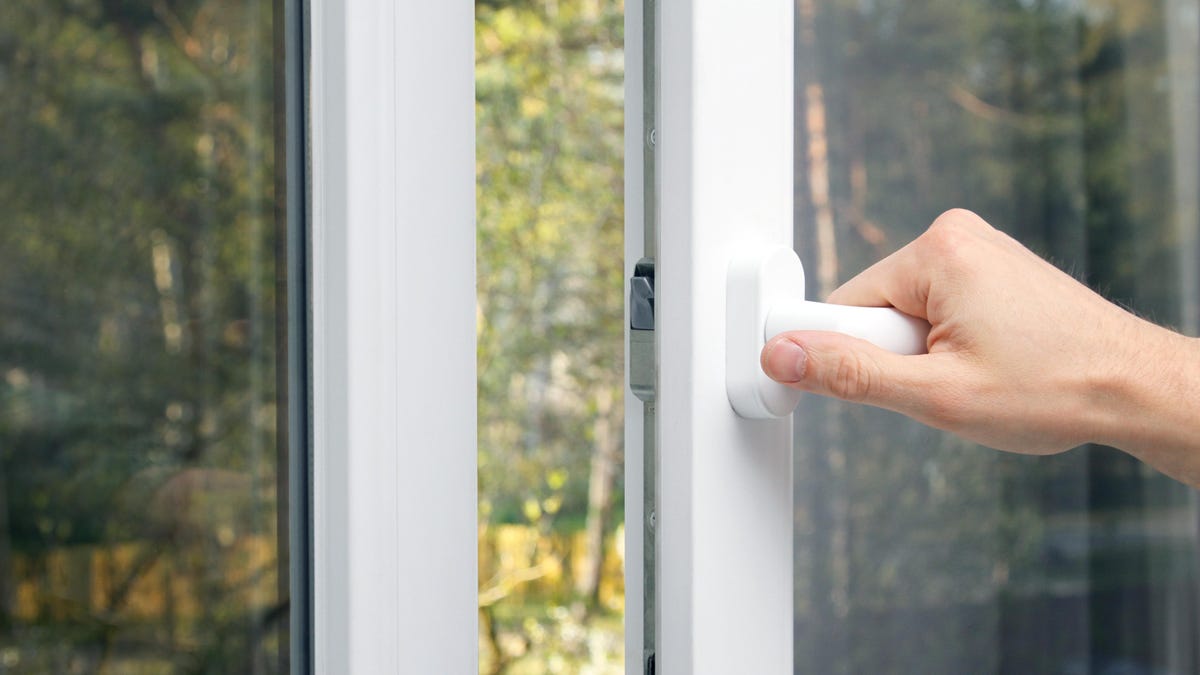Use an Allergy Screen to Keep Windows Open and Keep Pollen Out

The feeling of a warm breeze on a spring day is something that many allergy sufferers have to do without, because with the breeze comes pollen. Flower bloom also means pollen is falling, kicking up all that sneezing dust into the air. Luckily for your sinuses, there are some smart ways to keep the air inside fresh, as well as limit the amount of pollen you bring in from outside.
How to Use a Temporary Allergy Screen to Block Pollen
If you want to keep your windows open during allergy season, there is one revolutionary type of window screen that can help filter out pollen while letting the wind blow. Using a roll of anti-allergy screening and some temporary sealant or tape, you can protect your window from allergies without closing it. Assuming you already have regular screens in your windows, you can add a layer of allergy protection by cutting a section the same size and shape as your window and sealing it into your existing frame.
Before buying a roll of screen material, make sure it is the correct width for your window. Measure the height and width of your window, then cut your screen to size with scissors. After you cut the allergy screen panel to fit your existing screen, use temporary window sealant or window tape to seal the screen around the entire perimeter of the frame, leaving no gaps or bubbles. Once this is done, you can open and close the window as you normally would without letting pollen in.
A More Permanent Solution for Allergy Screening
If you want to make a more permanent upgrade, you can buy window screen panels to match your windows and replace your window screens with them. If you go down this path, you should check with the manufacturer about the screen size and type that will work best for your home’s windows. Replacing a screen in an entire house can cost you anywhere from $100 to $500 per window, making this a costly project.
Check your weather conditions and slots
To prevent pollen from getting inside, it is also a good idea to check existing windows and screens for gaps around the edges. Sometimes, if the screen is not tight, pollen can accumulate on the windowsill or in the crevices around the screen. If you find a place where the seal is damaged, you can use window sealant to repair it, or you can replace the seal . Sealing any gaps will help keep pollen out and increase the efficiency of your HVAC system.
If you’ve sealed a gap or sealed existing screens with anti-allergic screens, you should thoroughly clean the inside of the window frame, rails, and sill. Use a damp cloth and some dish soap to wipe off any pollen residue that has made its way inside. If your window rails are particularly dusty, you can also try taking the screens out and hosing them down with water, as well as cleaning the rails they slide into.